It’s been a long wait, but a new Halo game is finally out and our minds are made up. Halo Infinite is a fresh take on developer 343 Industries’ trilogy and a decent shooter within certain contexts. But this review will show that the multiplayer is far from what we expected to get after six years of development time and, frankly, a lot of upselling.
Before we get into the Moa meat of the review, I feel it’s important to establish my past experiences with the Halo franchise. I’ve been playing Halo and have been a large fan since Combat Evolved. I played extensively through the highs of Halo 2 and Halo 3, have been involved in various Halo communities, and watched the franchise evolve and slowly fall off in popularity over the years under 343 Industries’ management.
Infinite was supposed to be 343’s return to form after the lukewarm reception to Halo 4, the disastrous launch of Halo: The Master Chief Collection, and the mixed response to Halo 5: Guardians multiplayer. Though, I personally found the latter to be polished and fun at its core, even if some mechanics didn’t feel right for the franchise. When Halo Infinite was first revealed in 2018, it looked and sounded like it could be the one to finally and decisively elevate the series above the revered highs of Halo 3.
343 Industries certainly suggested as much, and there was great reason to believe so. Aside from a few technical hiccups and a slow rollout, the PC version of Halo: MCC has been a good showing from the current Halo developer. The way updates were handled also showed that 343 could adapt to modern content strategies with seasonal content and activities to keep players online.
Halo: MCC received a ton of new free seasonal content, and it’s all permanently unlockable. Yet here we are at the full launch of Halo Infinite multiplayer with issues abound. The game is riddled with questionable decision choices, content is delayed and generally lacking, there’s an aggressive and aggravating monetization strategy in place, and a number of technical issues persist. Halo Infinite feels very much like a beta release and not the polished multiplayer experience that it should be.
The core Halo experience you love, but rough around the edges
On a surface level, Halo Infinite feels like a love letter to Halo 3 and some of the other elements that defined the series over peak years. The classic art style is back, gameplay movement mechanics are more simplified than Halo 5, equipment dots the battlefield once again, and the campaign channels serious Halo: CE vibes. 343 also added some great ambient features like the wildlife that inhabit certain maps, the iconic Halo musical themes that play at the beginning of games, and the in-game events that trigger when objectives are completed. That’s unfortunately where the nostalgia ends in many ways though, as this new attempt brings a lot of questionable design and gameplay aspects, poorly thought-out features, and a general regression in competency in certain examples.
It doesn’t take long to understand where these gripes stem from, as you don’t even need to get to the gameplay to see that something’s seriously off with Halo Infinite as of launch. Navigating to the multiplayer reveals a game with very limited playlist options, a missing Forge mode, no Firefight, and customization that’s almost entirely paywalled — even if you purchased the campaign. There’s really not much to do, and what is available feels pretty rough around the edges. Once you get past the disappointing lack of features, the core gameplay is there. At least for certain weapons and mechanics.
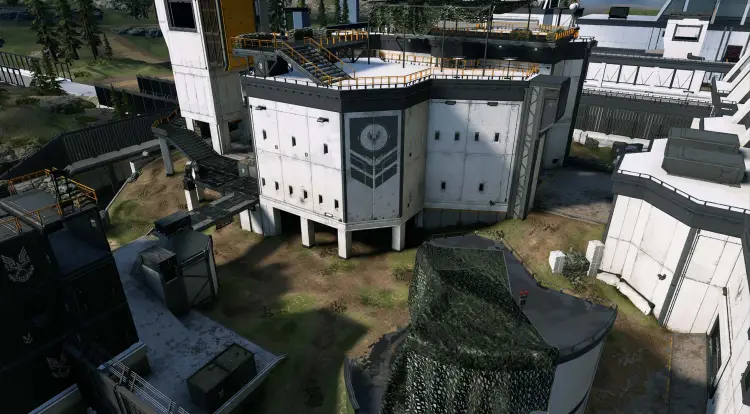
Livefire highlights the evolution of the Halo art style since the times of Halo 4. The map feels reminiscent of The Pit at times but also feels significantly updated.
Halo Infinite trades out the thruster-enhanced Spartan abilities of Halo 5 for a more simplified movement system. There’s still sprinting and clambering, in addition to the new sliding mechanic that works well enough. Additional movement options are available through clever usage of equipment, which lead to plenty of entertaining firefight outcomes.
In fact, the equipment is all a blast to use and opens up interesting gameplay options. Don’t let the flashy Grappleshot overshadow the Repulsor, Recon Scanner, or Dropwall. You can also get your hands on Thrusters that work similar to what was in Halo 5. All of these items have legitimate use cases, and the only negative thing that can be said about equipment options is that the game could benefit from more. Oddly enough, Halo Infinite doesn’t reincorporate a single piece of equipment from Halo 3, and that’s a shame. It’s also worth mentioning that Overshields and Active Camo now work as equipment, including in ranked playlists. While fine for casual play, it does present some potential issues to match balance and pacing when teams are able to leverage the advantages of the power-ups on demand.
Game mechanics you always wanted
Halo Infinite does introduce some genuinely great new features in both the gameplay, modes, and options. Some of these feel like things the franchise really needed in light of recent trends, while others instantly feel like core features that the franchise somehow lacked until now. While I have mixed opinions about how consistent the developers are at listening to player feedback, 343 Industries has absolutely nailed several things in Halo Infinite.
The most obvious new feature for newcomers to the franchise is the emphasis on training modes. Players can now test out weapons at a target range and take the fight to bots in multiplayer matches before they enter the PvP modes. Halo absolutely needed something like this for those who want to practice things like aiming and tactics without added stress. Bonus points for how the bots attempt to strafe like real people. Minus points for when the bots get stuck on geometry. Training modes are very welcome in Halo Infinite.
After getting used to ping systems in battle royale games, I was very excited to learn that Halo Infinite would allow players to do so as well. As someone who tends to be terrible with callouts, this feature has greatly improved my combat effectiveness along with 343’s existing implementation of named zones on maps. Another new feature that improves teamwork is the ability to drop weapons on demand, which is great for quickly getting power weapons into the hands of your most skilled comrades.
If you’ve always been a fan of interactive maps, there are things to like in that regard too. You get all of the usual Halo staples like crates, lifts, small breakable objects, and now, usable explosive fusion cores and… loot caves. These cores can be grabbed and thrown at enemies, rewarding those who are feeling risky with a chance to do some splash damage. The concept is ironically something I fantasized about as a kid when explosive containers were first introduced in Halo 2, so it’s really cool to see it come to fruition. As for the loot caves, you can hold zones while your AI hacks into a vault room containing power items. These not only shake up the gameplay, but also add immersion.
343 added a few other things that improve the quality of life and overall experience. One of my favorites is the option to view other players games via their match history (if set to public). The settings menu is also far more robust than anything to come before. While it’s not perfect, the accessibility choices and general control players have over the settings is appreciated.
Choose weapons wisely
When it comes to weapons, spawning in with the Assault Rifle and Battle Rifle never felt so good. Unfortunately, many playlists feature pistol/AR starts, and it doesn’t take long after switching weapons over to the sad Sidekick pistol to realize that there are various weapon balancing issues. Halo Infinite has some neat guns with generally pleasing mechanics, but you’ll quickly learn to separate the novelties from the practical choices.
It’s of little surprise that the Battle Rifle reigns supreme in yet another Halo game, but the problems lie with how useless or cumbersome other weapons feel, almost to the point of how poor Halo 3‘s overall weapon balance was. Take for instance the Ravager’s horrendous AoE damage, or the Sentinel Beam’s crippling recoil. Using these weapons and several others typically just leads to frustration, because the situational advantages are negated by the general effectiveness and simplicity of superior weapons like the Battle Rifle. To 343’s credit though, some of the new weapons like the Mangler and the Skewer are effective enough and very fun to use.
Another balance issue to address is that Halo Infinite suffers from some of the worst frag grenade spam of any game in the franchise due to how the blasted things bounce off of walls like rubber balls. In comparison to the dynamo (electric) grenades, plasma grenades, and spike grenades, frag grenades are overpowered and problematic since players spawn in with two. While Halo 5 has never been my game of choice in the franchise, it remains the one with the best overall weapon balance by a healthy margin.
Hit your shots, kid
The fix to some of these weapon balance issues may just be a simple one. For whatever reason, the aiming in Halo Infinite feels worse on controller than anything that’s come before. Forgive me for raising this heresy in a PC version review, but the Halo franchise is historically defined by its excellent input controls on console. It’s with satisfaction that I can say Halo Infinite performs well enough on mouse and keyboard, but I can’t think of any other PC game that better warrants a discussion about aiming on controller.
Earlier this year, 343 declared that it wanted Halo Infinite to offer industry-leading input customization, allowing players to fine-tune aiming with acceleration curves and more. It’s true these features are present, including sensitivity options various zoom levels. For whatever reason though, the actual experience differs tremendously from what was promised. It’s been nearly a month now, and I still don’t feel like I can find a way to competently aim like I can in Halo 3, Apex Legends, Fortnite, and other shooters. There’s something weird going on with the aiming in Halo Infinite, and it definitely warrants the switch to mouse and keyboard until a solution for controller is provided.
Design issues abound
Over the years, 343 Industries has displayed a consistent tendency of trying to implement major changes to the Halo franchise. This alone is a respectable effort. It’s also understandable that the successive Halo developer wants to create a legacy of its own. The problem is, the studio has consistently implemented a number of controversial gameplay changes in each new game along with some of its genuinely good ideas. This is the same case with Halo Infinite yet again, and it’s always led me to scratch my head and throw my hands up in utter disbelieve at the oversight the developer exhibits with certain facets of its games. Some of these issues have already been raised, but there are plenty more small things that add up to make for an unnecessarily frustrating experience at times.
Halo gets surprisingly up close and personal during battles despite being a shooter. One of the first things players will likely notice this time around is that there’s a lack of player collision. This results in a newfound issue of enemies being able to pass through one another to complicate engagements. It’s something that has to be criticized, because enemies can now escape areas by passing through other players, which can lead to confusing and awkward fights. In one shining example of the problem, an enemy player actually ran through their teammate to block my finishing shots from landing. Melee attempts are now subject to disastrous results that include failed lunges and instances of frontal assassinations occurring when lunges overextend and somehow reach rear hitboxes. There’s also the point that players can no longer jump on top of one another to reach higher places and access new routes.
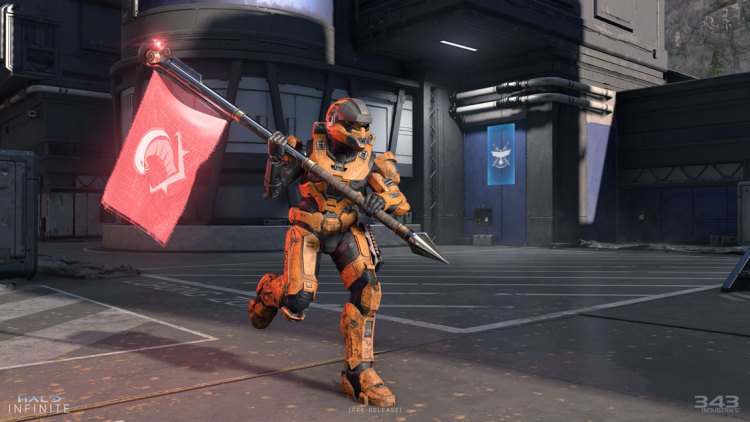
Prepping your team for a ranked match can be frustrating, because the game doesn’t tell you the gametype in the pregame lobby anymore. You find out when the match loads.
Elsewhere, aim assist appears to exist under specific circumstances which makes little sense. During playtime, it was discovered that a large degree of aim assist engages when a character is moving, but not when they are still. If you’re the type that likes to post up for well-placed precision shots, that option is pretty much irrelevant in Infinite, and for more reasons than just aim assist. All scoped weapons including Battle Rifles now exhibit significant scope glare. This makes precision shooting far more difficult to manage, and it’s a common and distracting sight when you notice there are three plus enemies hard-scoping you. This existed in Halo 5 with sniper rifles and felt generally balanced, partly due to it being more subtle to notice. In Halo Infinite, it’s quite obvious when enemies have you in their sights and the mechanic lowers the competitive skill threshold.
Speaking of which, weapon pads and HUD countdown indicators are back again, which makes keeping up with weapon spawns easier than ever. It’s something that’s particularly out of place in ranked modes where teamwork is supposed to be encouraged to keep up with power weapons, items, and map control instead of the game highlighting everything for you. 343 Industries also made the controversial decision to highlight enemies with glowing outlines, which makes sneaking far more difficult in this game.
And these hand-holding issues feel even more out of place in the many modes where radar, a staple of Halo gameplay, is now practically useless due to decreased effective range. Where in previous games you could rely on radar to make tactical decisions, Halo Infinite feels more like Call of Duty or Apex Legends. Spatial audio is something that can be leveraged to keep up with enemy footsteps, but you’ll often find the audio misleading or as if it’s coming from all around. All in all, it just makes the experience feel less like a Halo game.
As for map design, some of the Arena maps still feel a bit claustrophobic due to the enhanced movement capabilities versus classic Halo games. Where Bungie often relied upon open areas with select cover, 343 tends to gravitate towards closed in areas that funnel players. This time around, some of the arenas are just as small as those found in Halo 5, which means you need to stay aware at all times. This approach to compact map design is great in theory, as it keeps things engaging, but is difficult to balance for reasons like the limited radar, grenade spam, and frequent bad spawn points. Too many of the maps suffer from the same issues of enemies being in constant close proximity and able to chase you down, which makes gameplay feel a bit cheap unless you have a strong team providing support at all times.
It’s hard to take Halo Infinite serious in the Arena playlists at times due to these issues, but Big Team Battle has never felt better. Pretty much every past game in the Halo franchise suffered from a lack of useful weapons on the large maps. This led to the rise of the “Heavies” gametype, which quickly became a fan favorite. Despite my many gripes about Halo Infinite design, I think it’s best to conclude this section on a positive note by offering 343 Industries a round of applause for populating all of the BTB maps with plenty of weapons that makes it feel like a light “Heavies” experience by default.
Tough competition and outright cheating
Any developer that’s making a modern game with the intention of it becoming a genre-defining multiplayer experience must create fair matchmaking systems with solid anti-cheat measures in check. Games tend to get lost in the shuffle when these things aren’t done right, and that’s sadly the case with Halo Infinite as of launch.
Both ranked and social matchmaking can yield some very uneven match-ups at times. The hidden MMR systems that attach skill ratings to players cause absolute havoc when playing with friends of different skill levels, often setting up the lower-skill players with tough competition. It was hard for me to get games with certain friends, which heavily limited our options for playing together. In ranked play, most matches were fairly competitive, but every so often, the game randomly threw high level Onyx players against our team that included a mix of low Diamond and Platinum players. Needless to say, we were trounced and it made little sense how we were matched up in the first place despite the game’s large player population.
Halo Infinite also lacks a dedicated anti-cheat system, which makes it particularly easy for users to implement things like aim bots without getting immediately banned. 343 Industries noted that it has some type anti-cheat solution in place, but my time with Halo Infinite put me at odds against several cheaters in both ranked and social matches. While it’s likely difficult to stop all cheating, the omission of strong anti-cheat tools for a game in such a long development cycle is frankly negligent. 343 Industries claims that something is in the works, but the only current option for dealing with cheaters is to manually fill out a long form on the external support site. There’s no quick way to report a player in the game, and that significantly decreases the effectiveness of removing cheaters within a reasonable time frame.
Finite content
One thing that soured a lot of the original Halo 5 playerbase was the lack of features at launch. Halo 5 launched without a Forge or Firefight mode. Maps were limited, and the game lacked fan-favorite playlists like Big Team Battle and Infection at launch. The developer did commit to supporting the game for a couple years with a decent amount of free updates, but a lot of the content didn’t arrive until long after the initial excitement for the game wore off. It led to a lot of players leaving the game after a short period, who cited the game’s incomplete status as the reasoning.
343 Industries apologized, citing its own frustrations over the situation, and promised not to repeat the same mistakes in the future. However, Halo Infinite has launched after six years with less content than any previous Halo game. All we have from 343 Industries is more excuses and walked back statements.
Most Halo Infinite players have been quick to note the lack of playlists and creative tools like Forge, but there’s plenty more we noticed during our review process. For instance, what happened to all the other weapons from previous games, and why can’t we at least play all of the staple gametypes for the series in custom games? It’s understandable not all previous Halo content needs to be in Infinite, but my expectations were high given this game is supposed to be the basis for the next decade of updates, and that leads to the worrying question of whether we’ll need to wait that long for some of these things.
As it stands, Halo Infinite only offers 10 multiplayer maps, about five game modes, and a dozen weapons or so. And can I ask why there’s only one loading screen and main menu backdrop for the entire game? We’re still waiting on a release date and details for Forge, and there has been minimal communication about a content roadmap. Who knows if or when Firefight, a custom games browser, Warzone, assassination kills, more weapons, classic maps, and more modes will show up? Simply put, Halo Infinite feels like a barebones multiplayer experience that will get very boring very fast for players waiting on updates. After six years, haven’t players already waited long enough?
Even the shop options appear limited at the moment, which shows how this game barely released in time. Halo Infinite seems like a game that was planned to be full of interesting content, but it’s clearly not even close to done.
Halo Infinite needs some Forerunner engineering
The same disappointing story continues when we move onto examining Halo Infinite from a technical perspective. GPU optimization is not great, even after multiple driver and game updates, and every facet of the game is riddled with bugs. The game’s saving grace is that the core experience is intact. Halo Infinite likely won’t crash on you if you just want to do some basic matchmaking, but it doesn’t take much snooping around to discover that it’s an unpolished experience.
The servers suffer from some stuttering issue, particularly in Big Team Battle where this can be observed in vehicle movement. Theater often fails to load played matches, replays are sometimes inaccurate, and the controls are clunky. In fact, Theater turned my review process into a small nightmare for capturing simple screenshots, so I can’t imagine what video content creators are dealing with. Custom games also regularly crash, provided you can get the main menu UI to play ball. That too often fails to display players properly in lobbies, and the logic for the user experience UI design is generally lost to me.
Once you get used to the game’s confusing menus, it’s true there are some nice options. Infinite has a set of accessibility options that are much more fleshed out than any previous Halo game. You can fine-tune a number of video and audio options and customize your input controls to a dizzying degree. There are also tons of graphics settings that allow you to get the most out of your hardware.
Unfortunately, 343 has a lot of gameplay bugs to squash. I’m not going to list them all, but there are some major offenders. As it currently stands, various animations such as clambering, explosions, and flame effects render at low framerates and look poor. The ability to view your player’s legs was removed after the first beta due to a bug. Spatial audio doesn’t work as intended, which makes it difficult to pinpoint enemies. Also, rockets sometimes disappear upon impact, failing to do damage (imagine that happening at a pivotal moment during a ranked match or tournament).
The game engine fortunately gets some other things right. While the game doesn’t live up to the E3 engine demo we saw in 2018, it still has its shining moments. Lighting looks excellent and helps deliver that next-gen feel. Physics are highly accurate (until the occasional glitches trigger hilarious ragdoll effects). The game is also very responsive when tabbing in and out of or closing. In fact it’s one of the smoothest DirectX 12 games out there, which is saying a lot.
Still, it’s disappointing that the game lacks any type of upscaling technology like DLSS or FSR, and Halo Infinite seems like a great candidate for ray tracing. I certainly expected a more impressive technical experience from such a big budget game in late 2021.
A heavy price paid for free-to-play
Halo Infinite incorporates the free-to-play business model, and I have mixed feelings about it. While it’s great that more players can try the latest Halo than ever before, the franchise never had a problem with selling enough units. Under the full-price game business model 343 Industries and Bungie were able to provide a game that was complete with tons of full player customization sets. Sadly, that is gone with Halo Infinite.
What we have instead is a game that’s focused on selling expensive, individual cosmetics that can quickly supersede the cost of a full price game. There’s also an aggressive monetization strategy in place that makes progression tedious and the whole experience a bit of a drag. Does the idea of paying $5 USD for basic red paint on a single armor set sound appealing to you?
While Halo is a game that could mesh fine with a Battle Pass system, the current implementation is disappointing. The first Battle Pass has very limited content. Players can unlock things like armor pieces, effects, colors, and more. There are some genuinely wonderful customization options in place for things like weapon appearance mods, charms, and other armor effects, but much of these in the game aren’t even included in the Battle Pass. Most of the cool stuff is paywalled on the individual basis. And half of the Battle Pass rewards that players can unlock are XP-related items that just cater to more grinding. Worse, the Battle Pass doesn’t even award in-game currency for purchasing the premium in-store cosmetics. The only real redeeming factor is that the option to unlock Battle Pass content doesn’t expire once the season ends.
343 Industries and Microsoft are just being really stingy with customization for a franchise that became renowned for its character customization options. Those who purchased the $60 USD campaign will be disappointed to find out that their purchase gets them little to nothing for multiplayer despite the campaign also being a very limited experience that flaunts premium cosmetics in your face throughout missions. And if you thought you might get the first Battle Pass bundled with your campaign purchase, you can forget that too.
The whole experience just feels driven by profit-making, as is clear with over-the-top cosmetics like cat ears that break the lore immersion. Likewise, there’s no way to turn non-canon types of appearances off like in MCC, which shows how money was chosen over respecting the franchise.
As for the freebies you can get, there are a couple things, but it’s all pretty limited at the moment. So far there has only been a single free armor event with the rest of the free items being random emblems and the like. Only time will tell if 343 and Microsoft can offer up enough content so that players don’t feel like they are being forced to spend money in order to look anything but generic. The six month ticker for Season 1 suggests otherwise, though.
For better or worse, Halo Infinite is finally out and rolling along, but it’s just not the masterpiece many of us hoped for to bring the series back to the top of multiplayer gaming. However, there are plenty of successful games today that had botched launches. While it’s important not to count Halo Infinite out just yet, there’s much work that needs to be done by 343 that it will probably take a couple years before the game feels complete and deserving of investment. For now, the competition is way too strong to recommend playing Halo Infinite as your main multiplayer shooter.

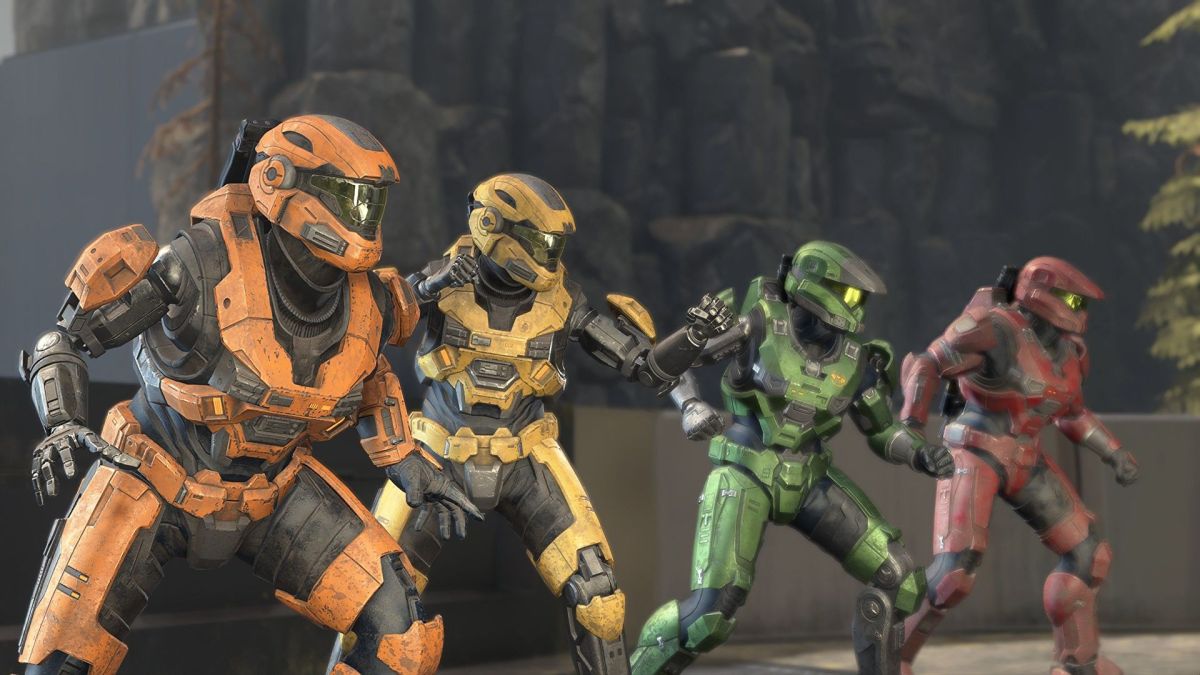
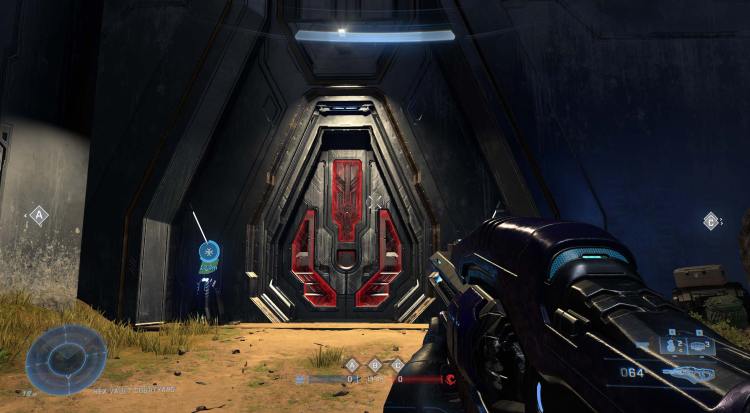
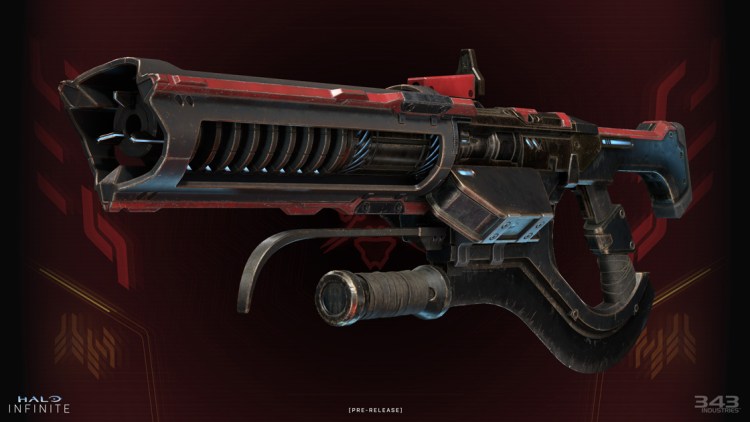
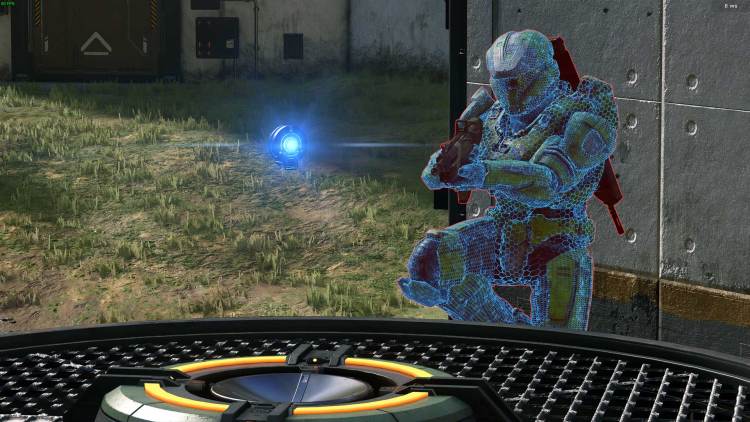
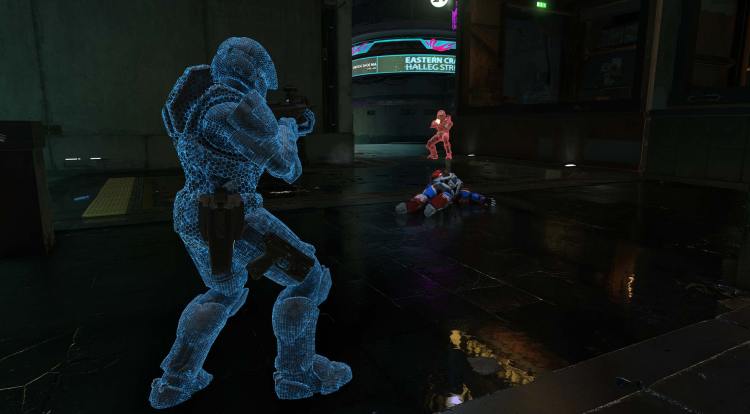
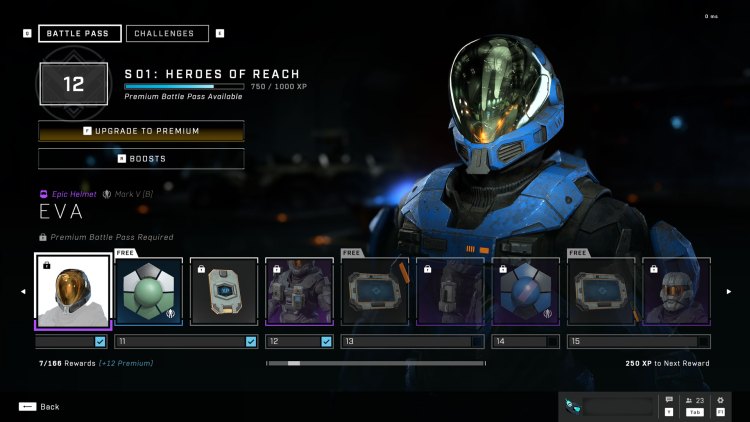
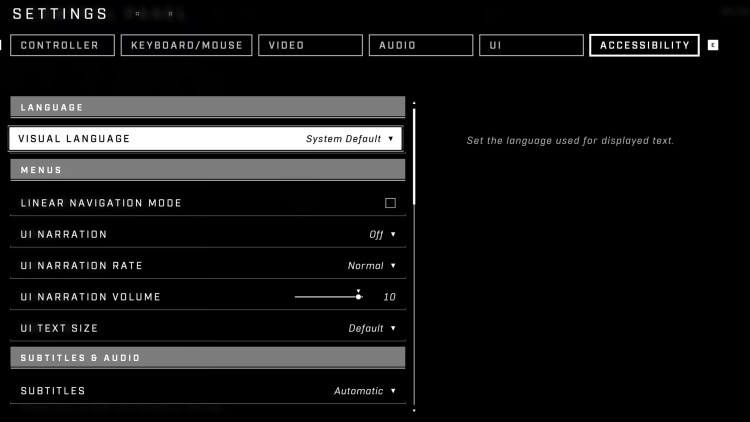
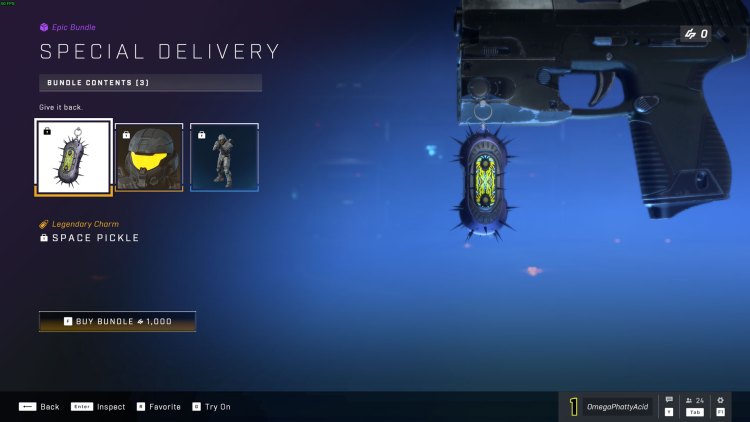





Published: Dec 27, 2021 5:00 PM UTC